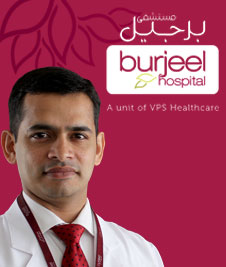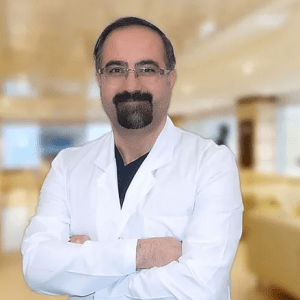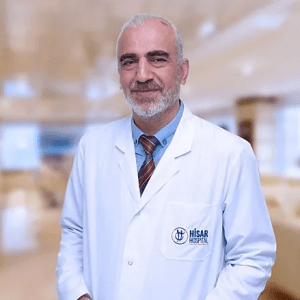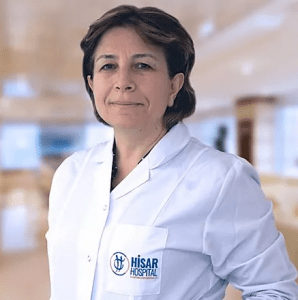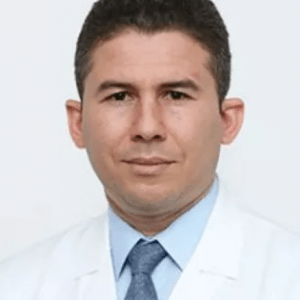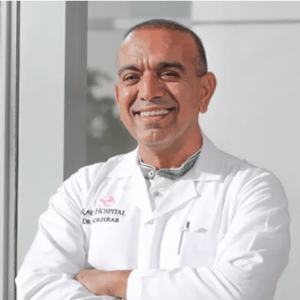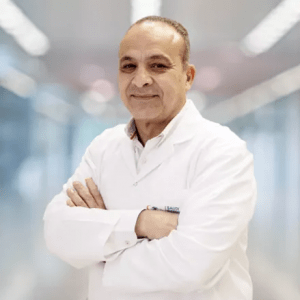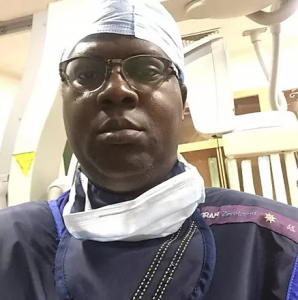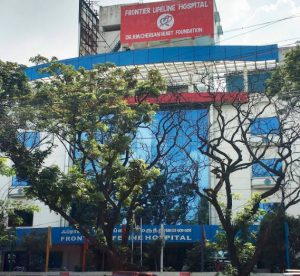Arterial switch procedure
A heart in which the two main arteries carrying blood away from the heart are reversed.A normal blood pattern carries blood in a cycle: body-heart-lungs-heart-body. When a d-transposition occurs … Read More
Top Doctors For Arterial switch procedure Treatments
Top Hospitals For Arterial switch procedure Treatments
Arterial switch procedure
A heart in which the two main arteries carrying blood away from the heart are reversed. A normal blood pattern carries blood in a cycle: body-heart-lungs-heart-body. When a d-transposition occurs, the blood pathway is impaired because the two arteries are connecting to the wrong chambers in the heart.
This means that the blood flow cycle is stuck in either:
• body–heart –body (without being routed to the lungs for oxygen) or • lungs–heart–lungs (without delivering oxygen to the body)
Without surgery, the only way to survive this condition temporarily is to have leakages that allow some oxygen-rich blood to cross into the oxygen-poor blood for delivery to the body. A hospital facility can also catheterize a patient until corrective surgery can be performed. The arterial switch procedure is performed to correct the transposition of the great arteries. An arterial switch procedure is an open heart surgery that restores normal blood circulation in your body.
During the surgery, arteries are put back in their correct place: the aorta is detached from the right atrium and connected to the left atrium; the pulmonary artery is detached from the left atrium and tied to the right atrium; the coronary arteries are cut out of the pulmonary artery and attached to the aorta.
Symptoms
Transposition of the great arteries symptoms include:
• Blue color of the skin (cyanosis)
• Shortness of breath
• Lack of appetite
• Poor weight gain
Causes
Transposition of the great arteries occurs during fetal growth when your baby's heart is developing. Why this defect occurs is unknown in most cases. Normally, the pulmonary artery — which carries blood from your heart to your lungs to receive oxygen — is attached to the lower right chamber (right ventricle).
From your lungs, the oxygen-rich blood goes to your heart's upper left chamber (left atrium), through the mitral valve into the lower left chamber (left ventricle).
The aorta is normally attached to the left ventricle. It carries oxygen-rich blood out of your heart back to the rest of your body. In transposition of the great arteries, the positions of the pulmonary artery and the aorta are switched. The pulmonary artery is connected to the left ventricle, and the aorta is connected to the right ventricle.
Oxygen-poor blood circulates through the right side of the heart and back to the body without passing through the lungs. Oxygen-rich blood circulates through the left side of the heart and directly back into the lungs without being circulated to the rest of the body.
Circulation of oxygen-poor blood through the body causes the skin to have a blue tint (cyanosis). Because of this, transposition of the great arteries is called a cyanotic congenital heart defect. Although some factors, such as genetics, rubella or other viral illnesses during pregnancy, maternal age over 40, or maternal diabetes, may increase the risk of this condition, in most cases the cause is unknown.
FAQ
When is arterial switch procedure needed?
Arterial switch procedure is needed to cure a condition known as d transposition of great arteries, in which the main arteries carrying the blood away from the heart are reversed.
What are the symptoms of d transposition of great arteries?
The following symptoms usually occur:
• Bluish coloration of skin also known as cyanosis
• Shortness of breath
• Lack of appetite
• A fast heart rate
What are the complications of the transposition of great arteries?
lack of oxygen to the tissues, lung damage due to too much oxygen to the lungs making breathing difficult and heart failure are the main complications.
How is transposition of great arteries treated?
Surgery is the definite requirement for all the patients, which is done in the first week of life.
What happens during arterial switch procedure?
In this procedure, the surgeon removes the greater arteries and connects them to their correct areas in the heart.
What complications arise after the arterial switch procedure?
The following complications are seen –
• Post operative bleeding
• Pulmonary hypertension
• Pulmonary valve dysfunction
• Arrhythmia








